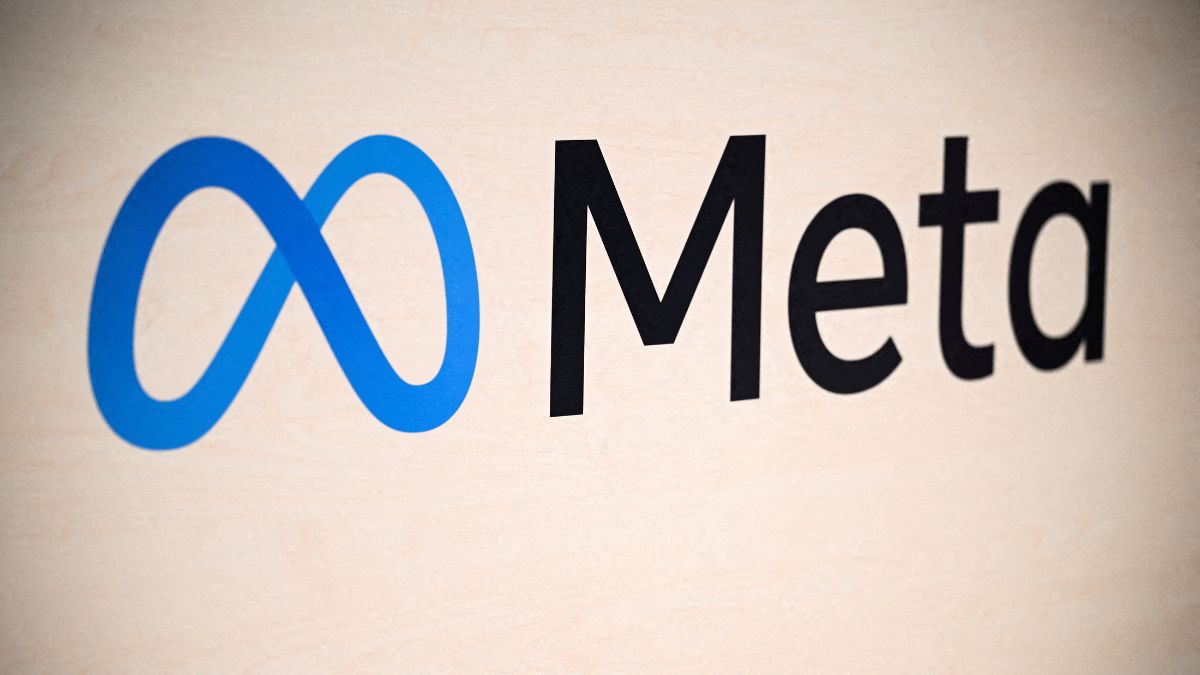As global autism prevalence continues to rise, new research is sharpening focus on prenatal influences, early detection and the urgent need for inclusive systems in countries like India. The Centers for Disease Control and Prevention estimates that 1 in 36 children in the United States is on the autism spectrum, while Indian prevalence estimates—though varied—suggest rising detection, especially in urban centres. Yet India continues to face delayed diagnosis, limited early-intervention access and patchy implementation of inclusive education mandates, according to multiple public-health reviews.
Against this backdrop, emerging studies have sparked widespread concern—particularly around prenatal exposures such as acetaminophen (paracetamol) use, maternal infections and environmental factors. But doctors warn that the science while evolving, remains nuanced.
Pregnancy medications and autism
Recent international studies examining acetaminophen exposure in pregnancy—many based on cord-blood biomarker analyses—have suggested an association with higher autism risk. However, clinicians stress that no causal link has been established.
“Acetaminophen continues to be the first-line, safest analgesic during pregnancy when used for short durations and at the lowest effective dose,” said Dr Priya Gupta, Senior Consultant, Obstetrics & Gynecology, Cocoon Hospital (Jaipur). She emphasised that evidence remains largely observational and should not trigger panic among expecting mothers.
“Judicious use, non-pharmacological options wherever possible and avoiding NSAIDs in late pregnancy remain essential. Shared decision-making is key.”
Autism in siblings: Why early surveillance must begin in infancy
One of the strongest known predictors of autism risk is having an affected sibling. International studies, including those published in JAMA Pediatrics, estimated recurrence risk at around 20%, with higher likelihood in boys.
“We advocate proactive developmental surveillance from infancy—not waiting for concerns to emerge,” said Dr Gupta.
Routine ASD-specific screening at 18 and 24 months using validated tools, such as the M-CHAT-R/F, remains the international standard. She added that early referral pathways and caregiver coaching can significantly improve developmental outcomes even before a formal diagnosis is made.
Quick Reads
View AllMaternal infections including COVID-19: What we know so far
Another area of public concern is the possible link between maternal infections and autism risk. Evidence suggests that severe infections requiring hospitalisation may slightly increase risk through maternal immune activation.
“The absolute risk remains low. Emerging data—including from Massachusetts cohorts—show slightly higher neurodevelopmental concerns after third-trimester COVID exposure, but causality is unproven,” Dr Gupta added.
The clinical priority is infection prevention, timely antenatal care and structured developmental surveillance for infants with prenatal exposure to severe infections, she added.
Why early detection is still India’s biggest challenge
Experts agree that early identification—not speculation about risk factors—is the most powerful tool for improving outcomes.
“Universal ASD screening at 18 and 24 months must become routine in India’s primary healthcare network,” said Dr Gupta. She points to WHO’s Caregiver Skills Training (CST) programme, which equips community workers and parents with communication and behaviour-support strategies.
“Scalable, parent-led interventions and teleconsultation networks are bridging gaps in low-resource settings, even where specialist access is limited.”
Digital phenotyping tools—using AI to analyse child behaviour—are under development globally, but experts caution that India’s immediate priority is strengthening frontline detection, referral networks, and family support programmes.
Choosing safe, evidence-based therapies in a crowded marketplace
With the rise of digital tools and alternative therapies, families often face confusing choices. “Parents should seek evidence-based interventions—such as NDBI, structured ABA programmes, speech therapy, occupational therapy, and parent-mediated coaching,” said Dr Gupta.
She warned against unproven or risky interventions, including stem-cell therapies offered outside clinical trials.
“Digital tools may supplement therapy but must not replace clinician-led plans. Goals and outcomes must be clearly defined and measurable.”
Schools and communities must become active partners in inclusion
Medical care alone cannot improve long-term outcomes for autistic individuals; inclusive education and community support systems are just as important.
“True inclusion requires both policy commitment and practical implementation— Individualised Education Programmes, visual schedules, Augmentative and Alternative Communication system, sensory-friendly spaces and trained teachers,” said Aditi Mishra, Director at Dharav High School (Jaipur & Gurugram).
India’s RPwD Act and NEP 2020 mandate inclusive classrooms and resource rooms but “implementation gaps remain wide,” she said.
A public-health overhaul is overdue
Dr Gupta highlighted that autism care must be woven into existing maternal, child, and education systems.
“We need universal developmental surveillance, ASHA and Anganwadi worker–led caregiver training, district early-intervention centres, and transition-to-work programmes.”
Experts say coordinated funding across health, education, and social welfare ministries—alongside national anti-stigma campaigns co-created with autistic individuals is essential for long-term change.


)

)
)
)
)
)
)
)
)



